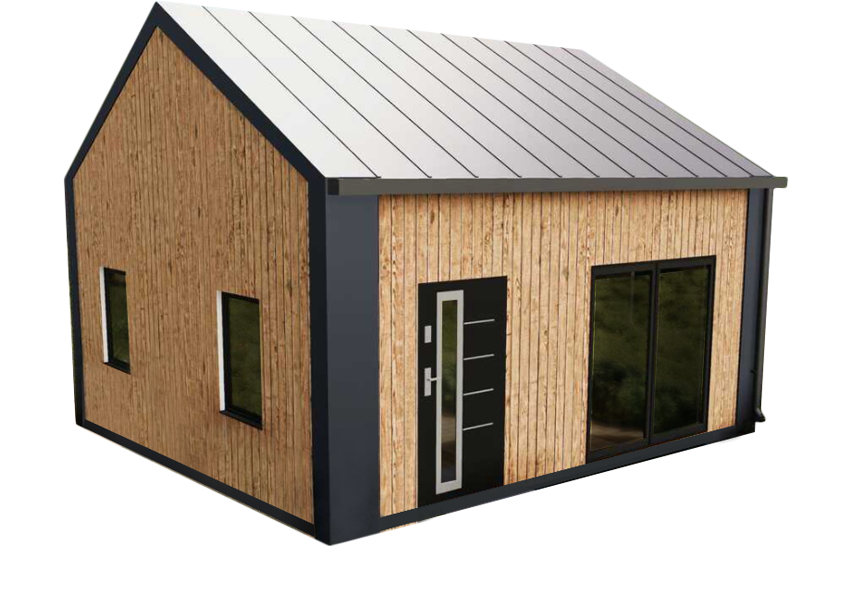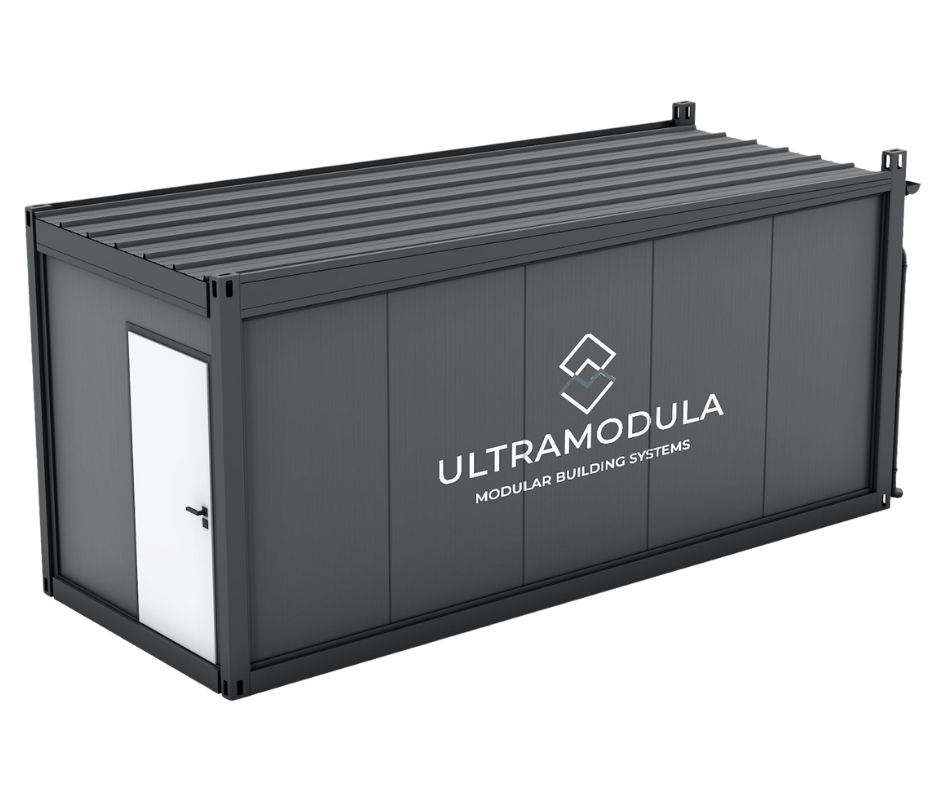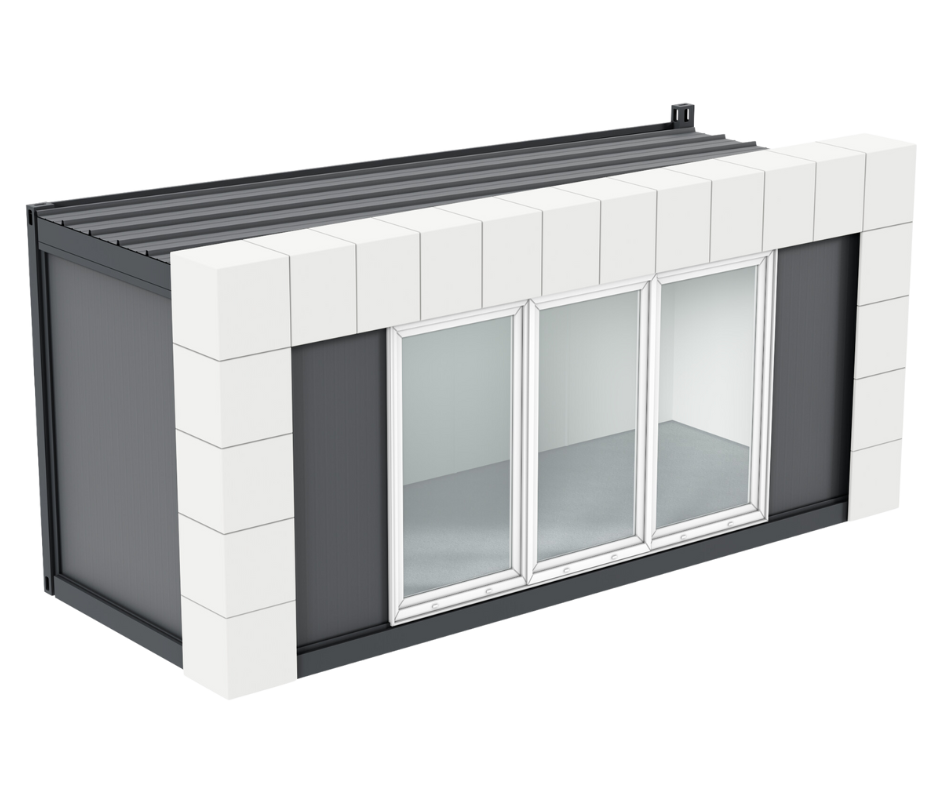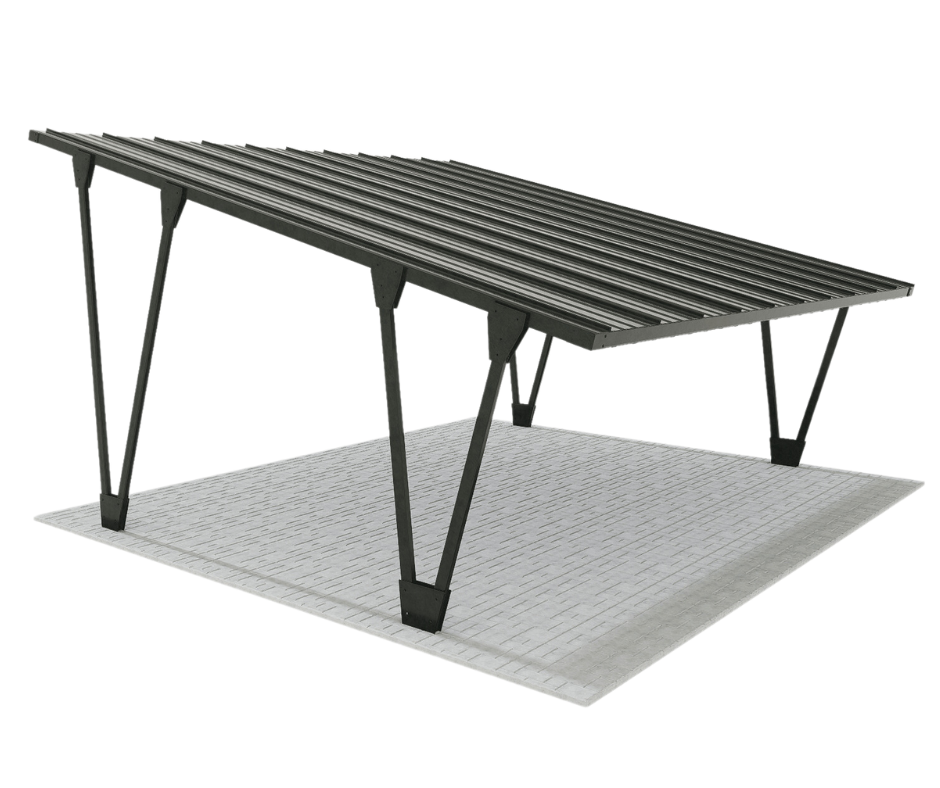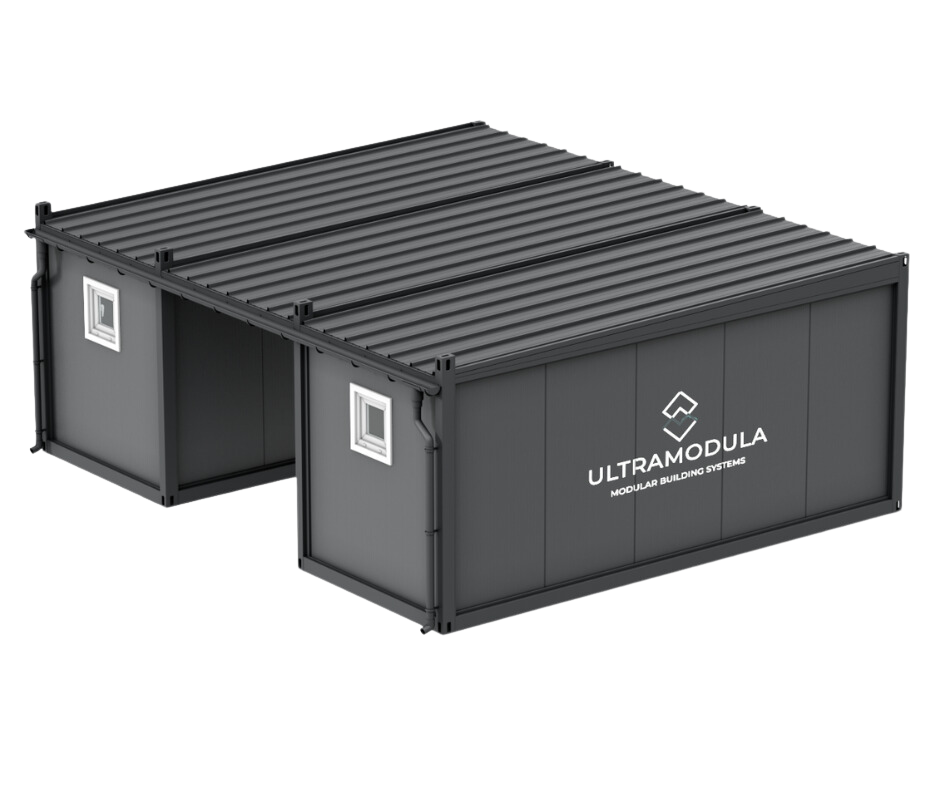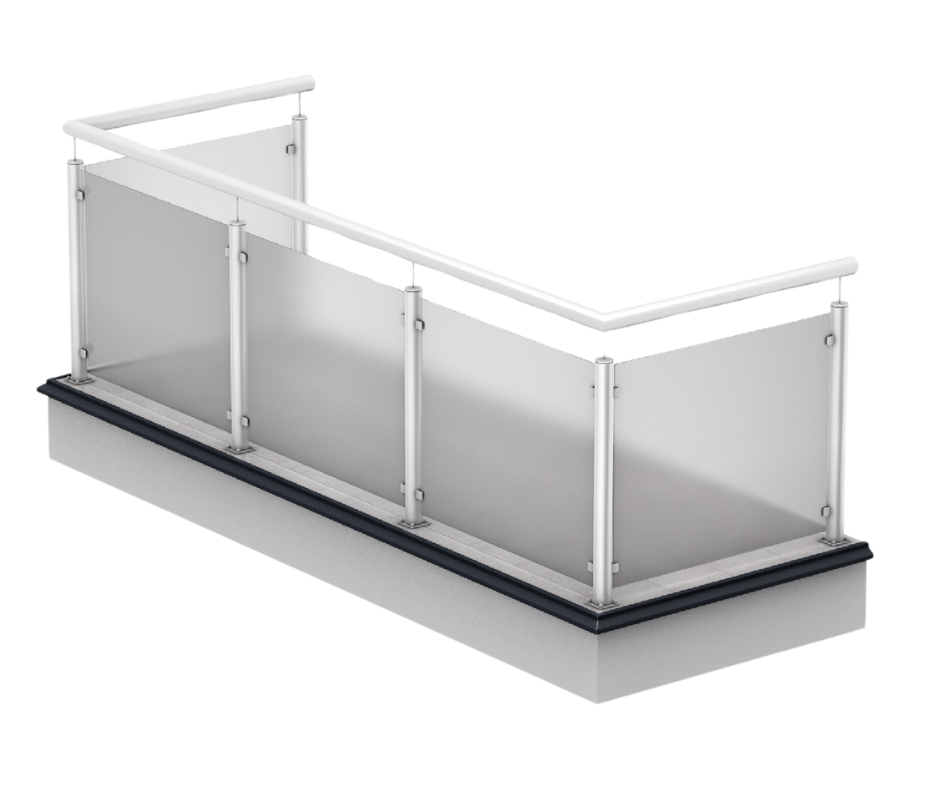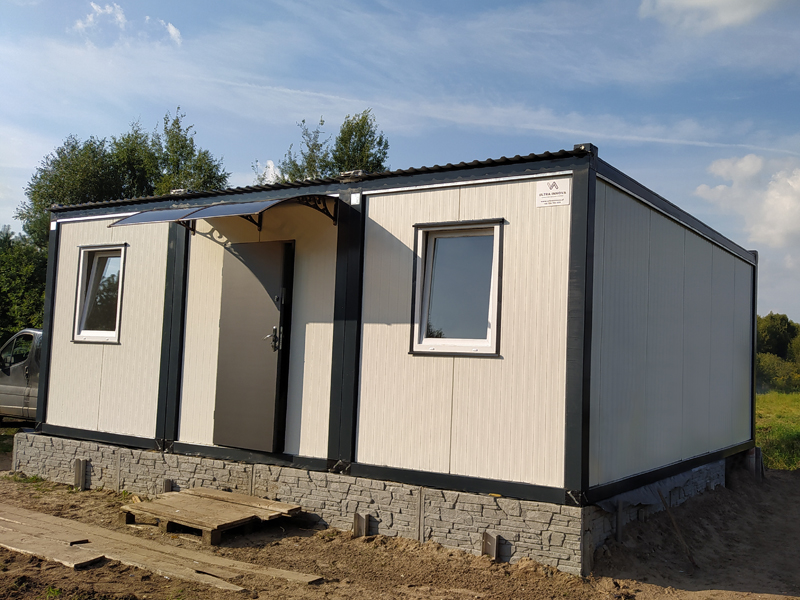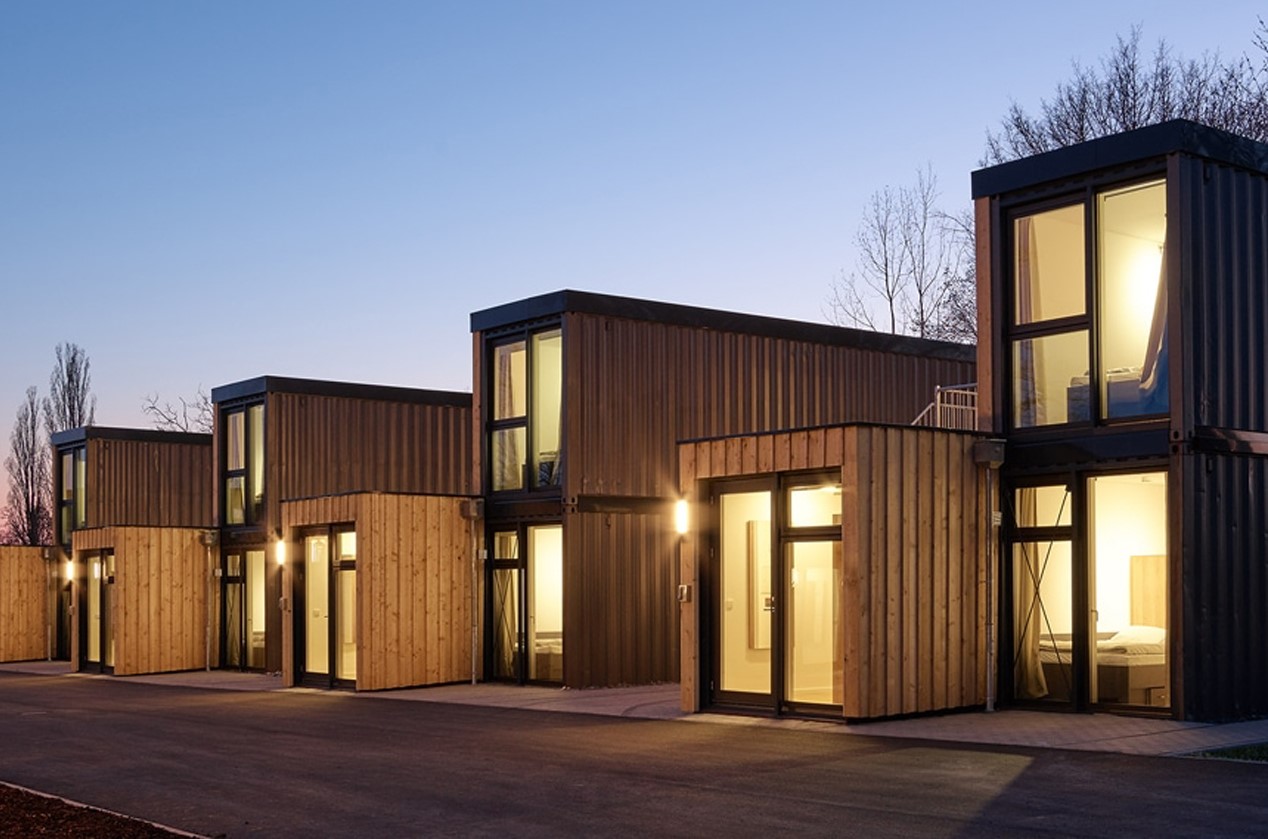
utilization containers as temporary spaces for refugees and those in need
In the face of growing humanitarian crises around the world, including wars, natural disasters and mass migrations, the number of people in need of broadly understood humanitarian assistance is growing significantly. There is also a growing need for creative and effective solutions that will help provide safe shelter and decent living conditions for people in need. The use of containers as temporary spaces is a topic with great potential, because thanks to their advantages, such facilities enable the quick provision of shelter and support for people in crisis situations.
What makes containers perfect as spaces for refugees and those in need?
Containers residential provide a practical and effective solution to humanitarian crises where speed, durability, adaptability and protection are key issues. Their building makes it easy to quickly adapt them to current needs, and additionally, their transport does not require specialized equipment and can be carried out in almost any conditions.
Mobility and speed of delivery
Containers, which were originally intended for transport, are designed so that they can be easily and quickly transported from place to place. This is a key advantage for providing immediate shelter and support to refugees and those in need. Natural disasters such as earthquakes, tsunamis, hurricanes and floods, as we know, occur unexpectedly and require immediate response. Habitable containers, due to their mobility, can be delivered in record time to disaster-affected areas. This means that shelter and basic needs can be quickly provided to people who have lost theirs domy and property as a result of a natural disaster.
The mobility of containers gives humanitarian organizations the flexibility to respond to changing situations. As the situation in the crisis area changes, selected modules can be moved and adapted to new needs. This means that housing units can be concentrated exactly where there is the greatest demand and in the quantities needed, and then moved to another location when the situation in one place stabilizes and new areas require help. Importantly, a car equipped with HDS is sufficient for transport - no specialized equipment is needed, which is not easy to obtain in times of crisis.
Easy to modify and adapt to your needs
The simplicity of design and the wide possibilities of modification of modular containers are a key feature that makes them effective as temporary accommodation. Residential containers are an extremely flexible solution that can be adapted to various needs: you can easily design a dedicated interior layout by adding partition walls or, for example, more toilets. Depending on the specific situation and the target group in need of support, containers can be modified by installing windows, doors, thermal insulation, electrical and sanitary installations.
Durability and resistance to weather conditions
Not without significance in the event of a humanitarian disaster, for example after a flood or hurricane, is the resistance of containers to weather conditions and their durable construction. Originally designed for sea transport, they are manufactured from durable steel and constructed to withstand even the harshest weather conditions. This therefore makes them an ideal choice for leaving outdoors.
An important advantage of modular containers is their production process. The production of individual container elements takes place in controlled production halls, where rigorous standards are maintained construction. The entire structure is therefore created in an environment with controlled temperature, humidity and no dust.
scalability
Housing containers allow facilities to flexibly adapt to changing needs, which means they can be easily expanded as the number of people needing help grows. In crisis situations such as natural disasters or armed conflicts, the number of refugees or those in need can increase dramatically in a very short time. Thanks to the modular design of the containers, adding new housing modules is not complicated and easily provides enough space for everyone, without having to start the project from scratch. Their modular design allows for the addition of additional facilities to the existing one building. This means that you can expand objects not only "across", but also "up". This allows you to make the most of the available space, which is especially important in conditions where space is limited.
Containers as refugee camps
Refugee camp designs based on containers are a response to the growing migration crisis and the need to ensure decent living conditions and security for millions of refugees around the world. In recent years, more and more humanitarian organizations and governments have been paying attention to this form of solving migration-related challenges.
Good quality modular containers intended for temporary housing for refugee families offer much better conditions than, for example, tents or other makeshift shelters. The interiors of the containers are designed for comfortable living with separate rooms, which is important to guarantee decent living conditions for people in need.
Importantly, functional sanitary zones can be built using containers. In the conditions of refugee camps, where overcrowding, lack of access to clean water and toilets, as well as difficulties with access to appropriate sanitary installations are a problem, sanitary containers are the best solution to ensure basic hygiene standards. They allow refugees to use clean and safe toilets and showers, which is not only a matter of comfort, but above all a matter of public health. Containers equipped with appropriate waste disposal and disinfection systems help reduce the risk of outbreaks of epidemics, such as diarrhea.
Using containers as hospitals and medical facilities for refugees and those in need
One of the first documented designs of modular facilities was... a design for a field hospital built in 1885 and intended for use during the Crimean War. Renkioi Hospital was designed by renowned architect Isambard Kingdom Brunel. Also today, containers modular they can be used as various types of medical facilities in areas of natural disasters or armed conflicts.
In temporary spaces for refugees, these types of facilities are a necessity. The interiors of medical containers can be completely equipped with modern operating rooms with the latest equipment, sterile workstations for medical staff and rooms for preparing patients before and after surgery. Thanks to such solutions, doctors can perform operations even in hard-to-reach areas, which significantly increases the chances of saving patients' lives. It is worth emphasizing that surgical containers are useful not only in the event of natural disasters, but also in the context of military operations, where medical support plays a key role.
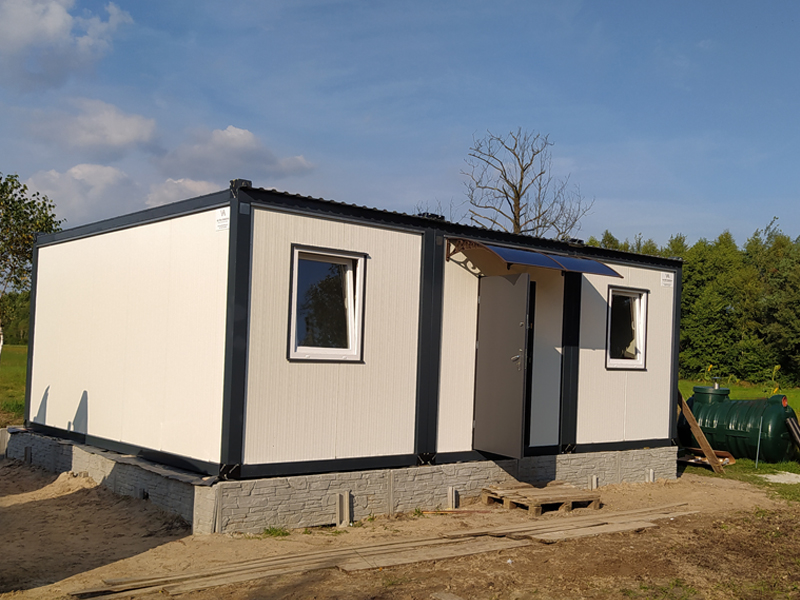
Habitable container | Ultramodule
Costs of using containers as temporary spaces for refugees and those in need
In the context of providing shelter to refugees and people in need, modular containers are one of the most cost-effective solutions. This is due to the fact that the cost of them construction is much lower compared to traditional structures. There are several factors that influence this profitability. First of all, the materials used to produce containers are often cheaper than those used in traditional construction. Furthermore, labor costs are minimized because the containers are prefabricated. This means that the entire production process takes place off-site and the finished containers are then delivered to designated areas. This approach significantly reduces construction costs compared to traditional methods.
An important aspect worth emphasizing is the economics of maintaining modular containers. Utility bills such as electricity and water are significantly lower for containers than for typical residential buildings. They are designed with efficient energy use in mind, which translates into lower operating costs. Additionally, containers require minimal maintenance, which significantly reduces long-term costs. They are made of durable materials, which means they can be used for many years without having to invest in expensive renovations.
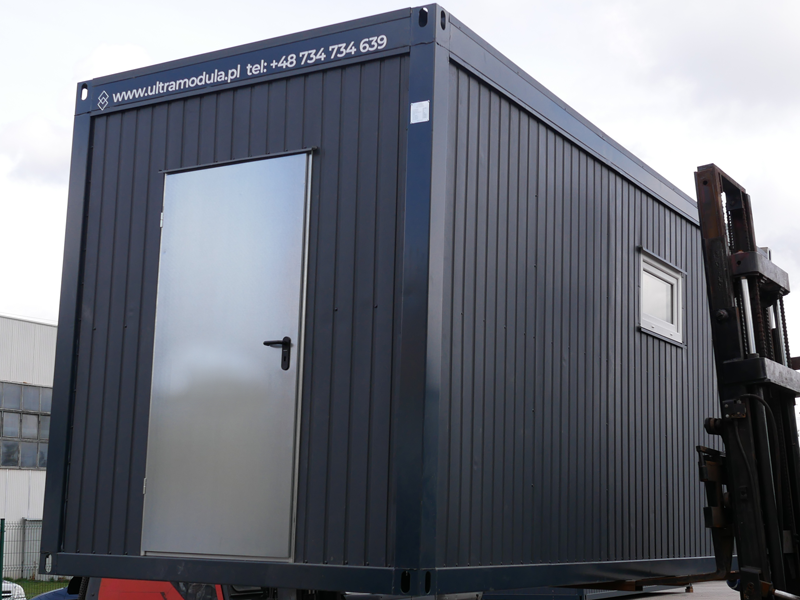
Help is most important
The use of containers as temporary spaces for refugees and those in need is a practical, effective and cost-effective solution that can help provide not only decent living conditions, but also safety for people in crisis situations around the world. Cooperation between humanitarian organizations, governments and the private sector can contribute to more effective use of the potential of modular containers in the field of humanitarian aid. The use of modular containers as a solution in crisis situations can help organizations achieve greater efficiency and at the same time minimize costs, which in turn translates into better assistance for refugees and people in need. Economic viability is crucial given the limited financial resources of humanitarian organizations and governments.

